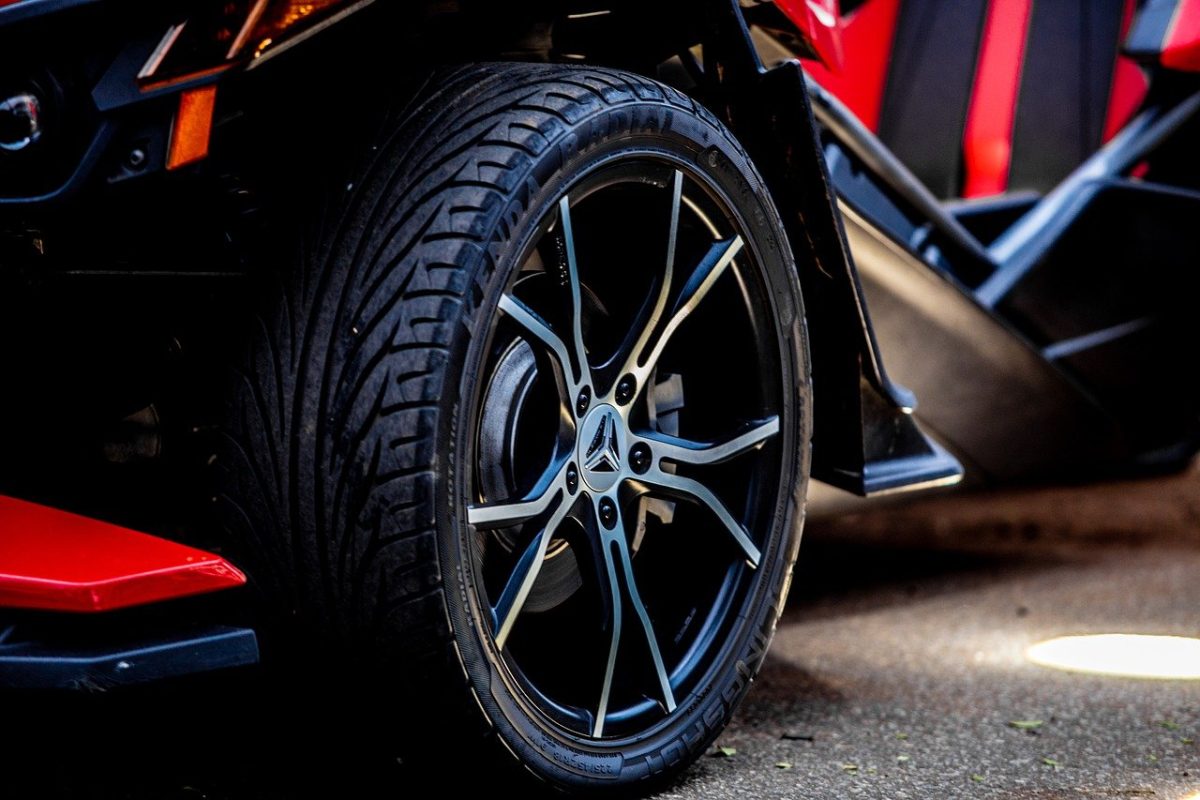While a future of autonomous cars might seem like something out of a scene from The Jetsons, in some US cities it is already becoming a reality. Since the first Ford Model T rolled out of the factory, cars have continued to improve and become more technologically advanced. One of the next big steps for the automotive industry is self driving cars that can transport passengers using artificial intelligence. Major cities like San Francisco have tried to fight back against the rise of autonomous cars, but have failed to stop them as technology continues to advance.
Autonomous cars rely on a technology called LIDAR. LIDAR stands for Light Detection and Ranging. With just one camera, millions of lasers can track everything in a car’s near horizon, even small hazards in the road. The cameras are also programmed to recognize different road signs such as a stop, yield or railroad track signs.
Data from the UK shows that LIDAR in cars could produce tangible safety results in the real world. Estimates say that 47,000 major injuries and 4,000 lives could be saved in the UK alone by using autonomous cars.
In addition to safety, autonomous cars could greatly reduce wait times for taxis. Estimates from Columbia University show that making all of New York City’s taxis autonomous would reduce taxi wait times to roughly 30 seconds per customer.
Despite the benefits associated with the rise of autonomous cars, the vehicles could negatively impact people in the transportation industry, putting them out of business. For example, cab drivers, bus drivers, truck drivers, and mail and package carriers could all lose their jobs as they are replaced by self-driving cars.
With a simple google search, you can easily find pictures of driverless vehicles stopping in city streets in Austin, San Francisco and Phoenix. This has become a major problem with self-driving vehicles, and these results show a clear trend.
In addition to stopping unexpectedly, many driverless cars have crashed. Statistics compiled by the National Highway Transportation Safety Administration show at least 11 fatal crashes of Tesla cars on Autopilot, which is Tesla’s program aiming to make all their cars driverless in the future.

Self-driving cars have the potential to decrease traffic, but pose a risk to workers who’s jobs are to drive.
Many companies are fighting for the top position in the autonomous car industry. In 2022, Elon Musk said that he would like Tesla to have “robo-taxis” by the year 2024. Waymo, a subsidiary of Alphabet or Google, already has autonomous taxis driving around in the city of Phoenix. There are other startups aiming to be the major player in the industry, but they each face challenges of their own.
The solution to the problems with these vehicles shouldn’t be waiting for each city or state to make the rules, but instead letting the federal government set nationwide standards for self-driving vehicles.
If you were to ask people how cool flip phones were in 2005, they might have told you that they were the greatest. Today, flip phones are outdated and treated like any other invention. Perhaps self-driving cars will be the same in a few decades. Although they may seem futuristic today, just wait. Soon, there is a high chance autonomous vehicles will take over the transportation business.












